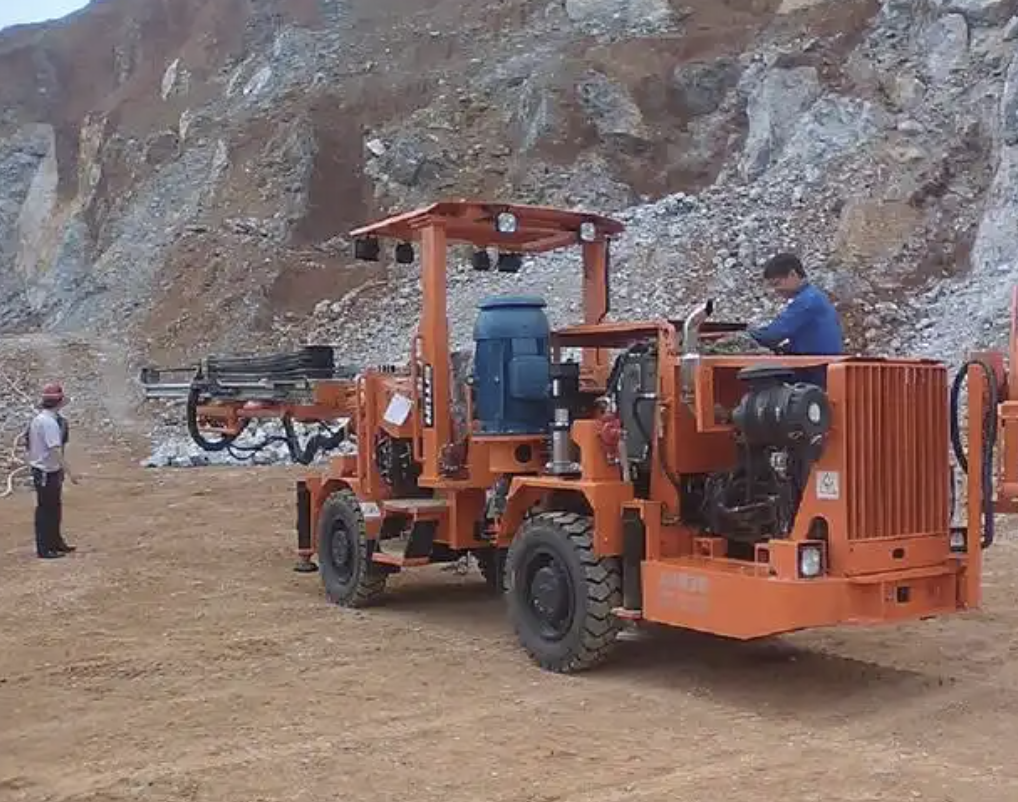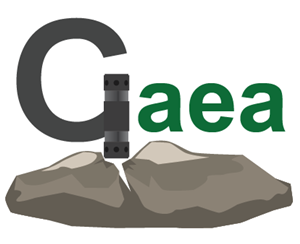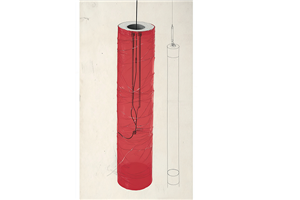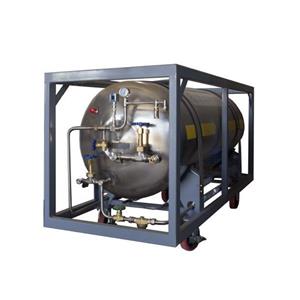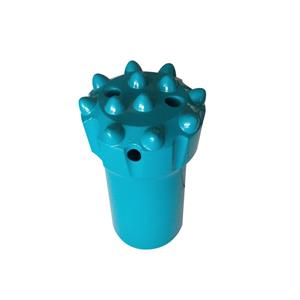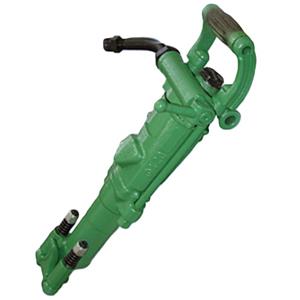Golden rules for selecting bits and drill rods for hydraulic rock-drilling rigs
Bit selection — match precisely to rock conditions Choosing the right bit is central to efficient drilling and must be closely matched to the rock properties (hardness, abrasiveness, integrity):
Medium-deep, large-diameter holes: use button bits with guide wings and enhanced cuttings removal. The guide wings help control the bore trajectory and reduce deviation; good cuttings evacuation preserves drilling efficiency in larger and deeper holes.
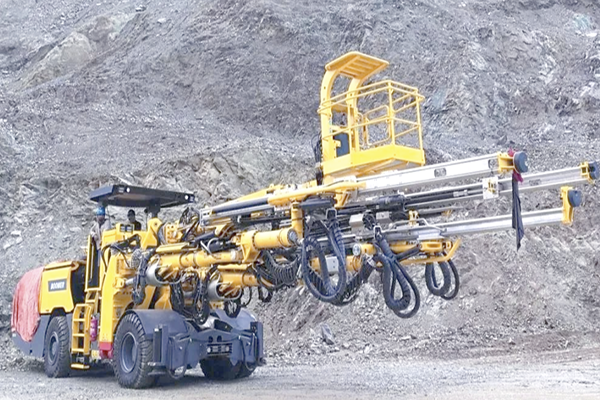
Medium-to-low abrasive rocks: deep-recessed-face button bits are a good choice. The recessed face design improves removal of cuttings and reduces repeated crushing, thereby extending bit life and maintaining high penetration rates.
Very hard, highly abrasive rocks: use blade/plate-style bits (e.g., cruciform/X-shaped). These structures are more robust and better withstand severe rock conditions. Pay special attention to the wear resistance of the carbide inserts — if the bit face becomes excessively worn and convex, penetration rate will fall sharply and the risk of hole deviation will increase significantly.
Drill rod selection — balance toughness, wear resistance and hole control Selecting drill rods requires a balance between toughness, wear resistance, fatigue life and the need to control hole deviation:
Surface-hardened rods: offer excellent toughness and resist impact and bending stresses. They are especially suitable for interbedded or heavily fractured rock masses and help reduce the risk of rod breakage.
Carburized (case-hardened) rods: have high surface hardness, strong wear resistance and longer fatigue life, making them suitable for deep-hole drilling. Key practice: for deep holes (typically deeper than 20 m), pair carburized rods with guide-function bits (such as the guide-wing bits mentioned above) to strictly control hole deviation.
MF (quick-connect) rods: with optimized connection diameters and efficient impact-energy transfer, MF rods can significantly boost drilling speed (up to about 15%) and reduce energy loss. These advantages make them the mainstream choice for deep-hole drilling in open-pit mining.
